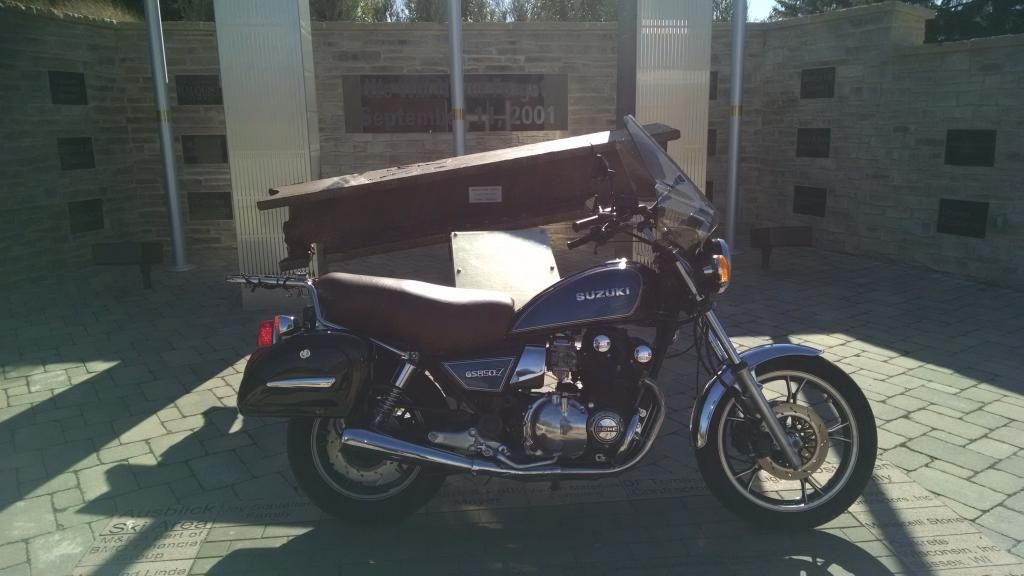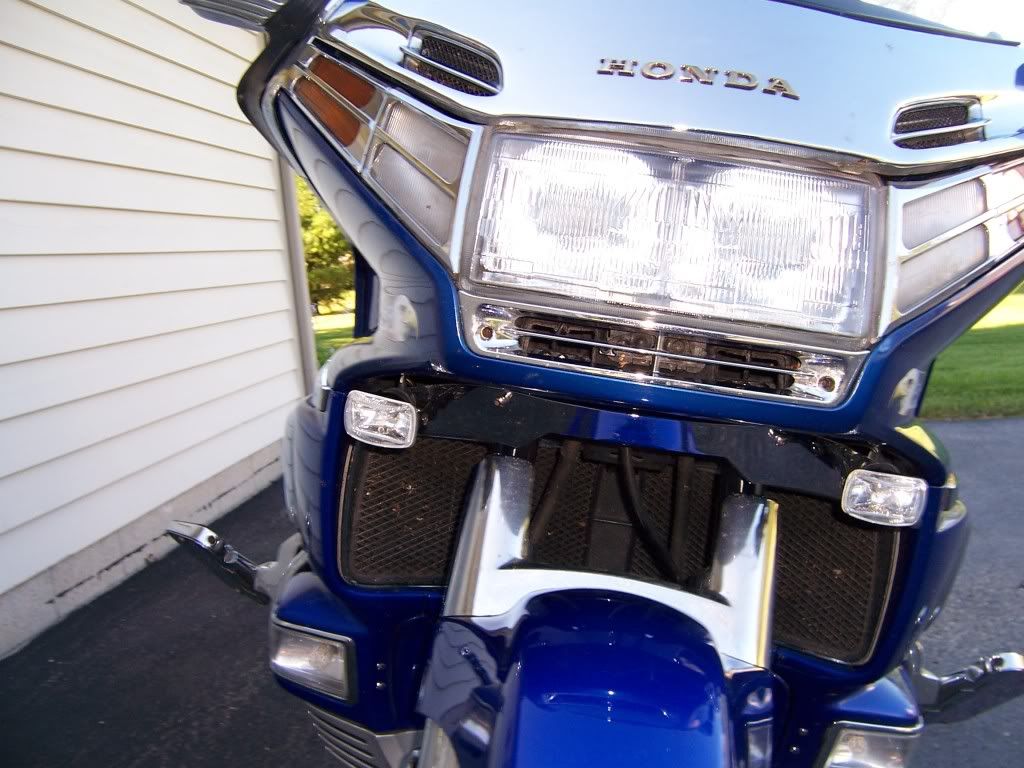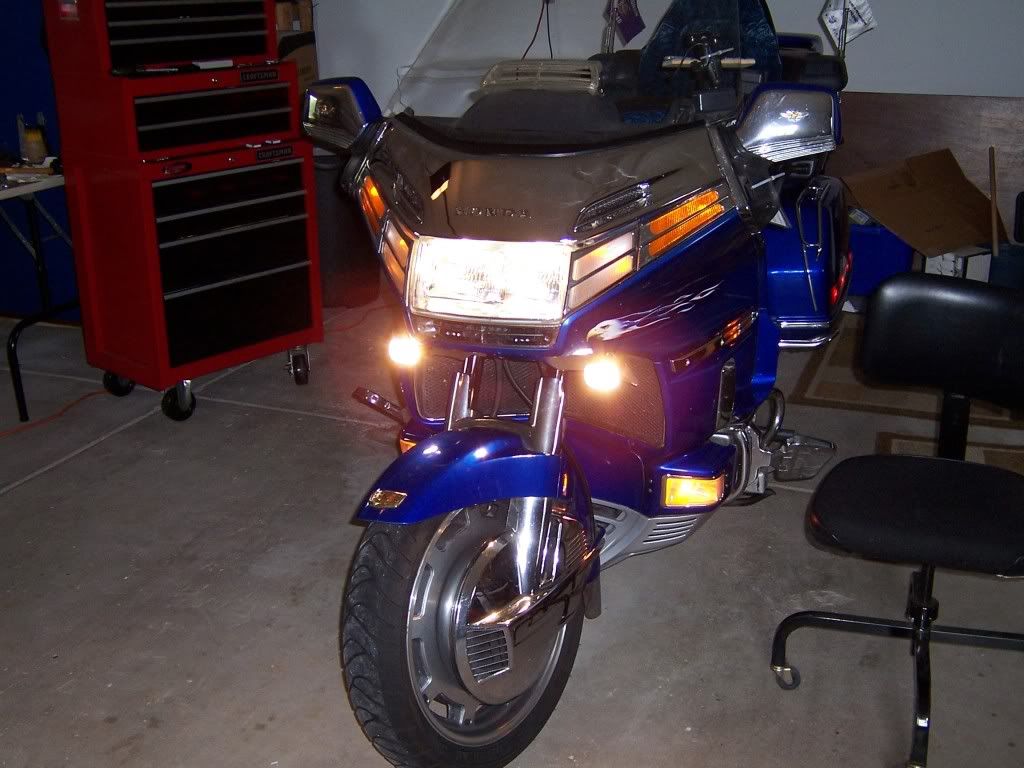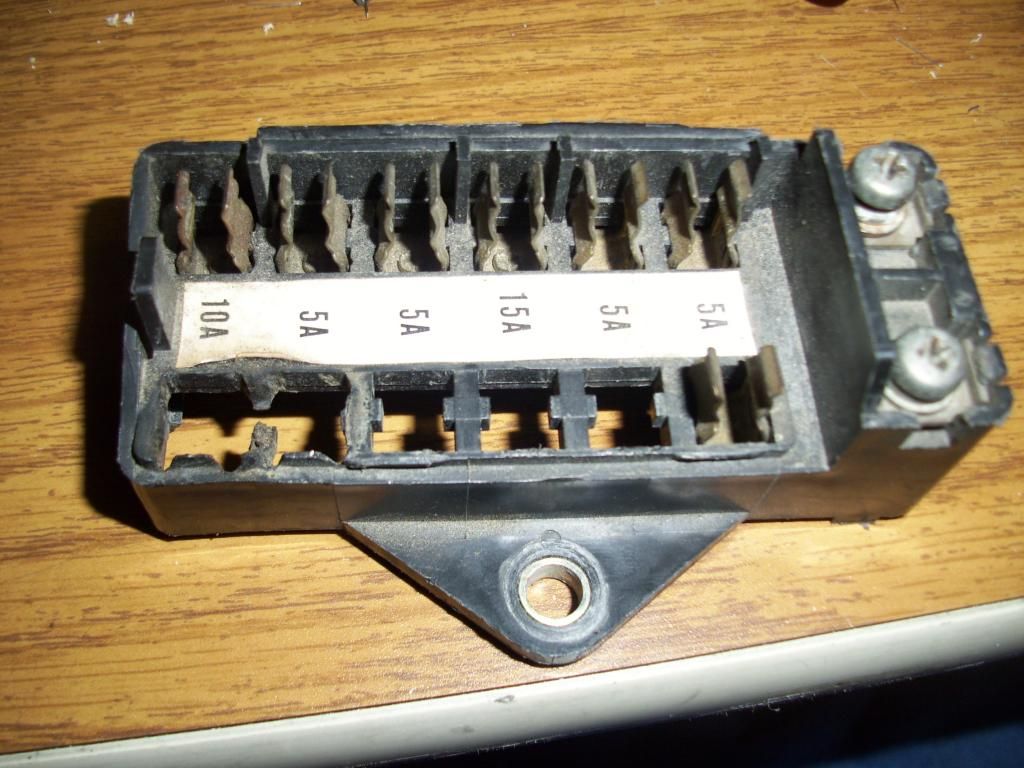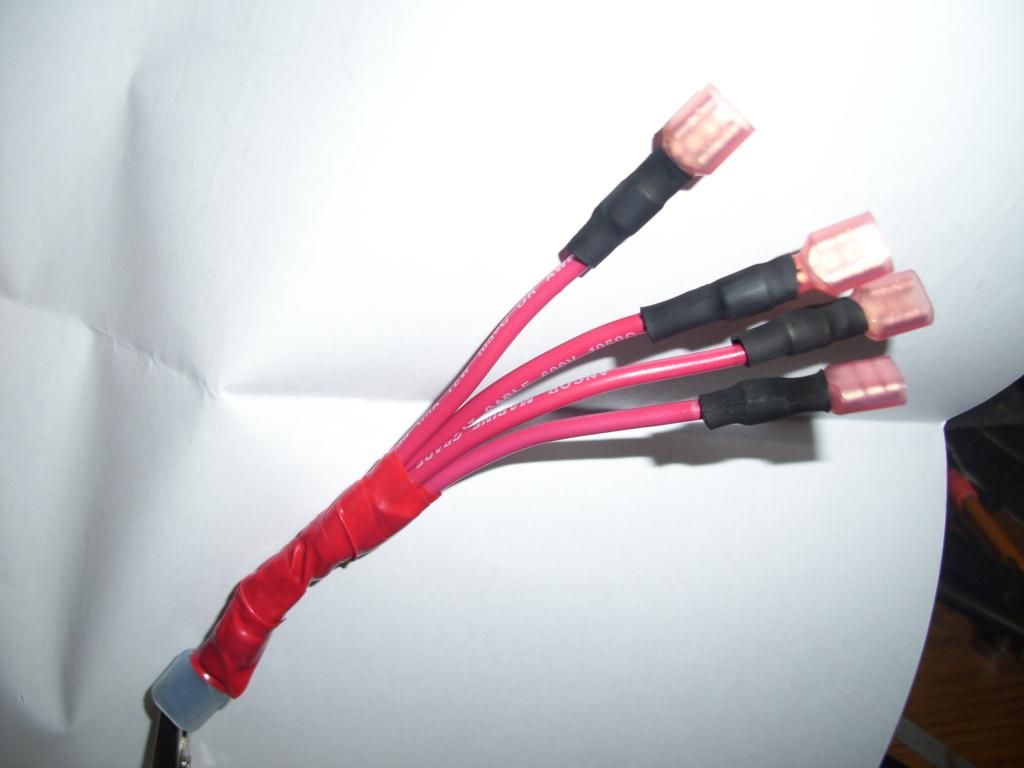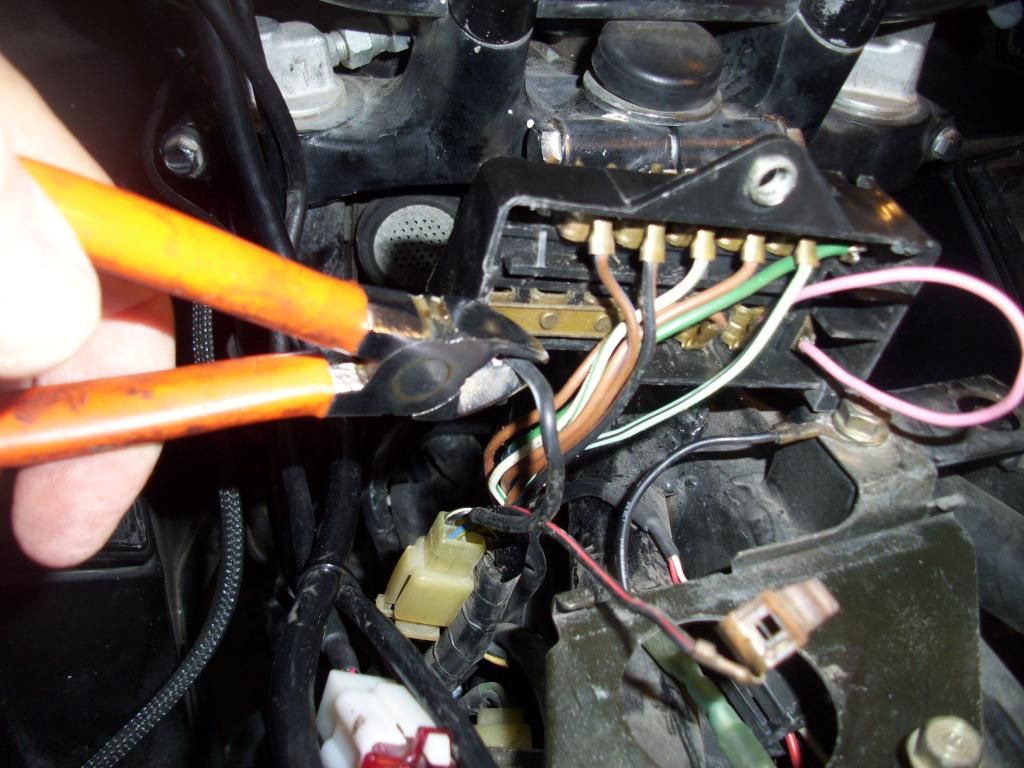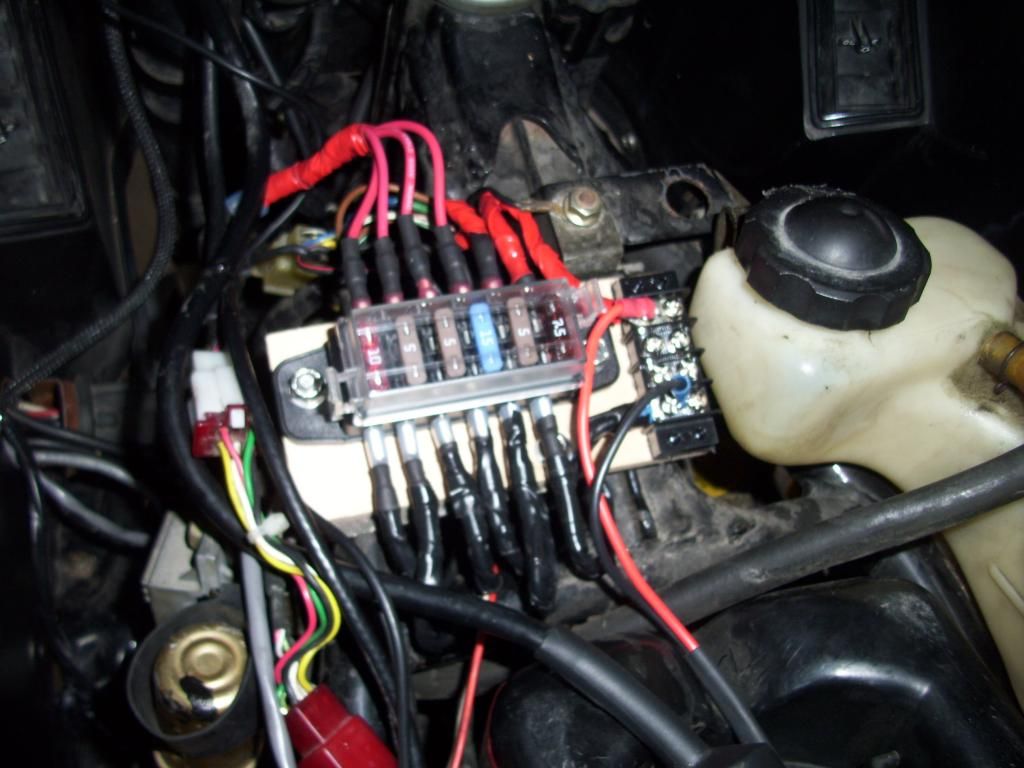2014 - Loose Ends
Every once in a while I realize I haven't been to the blog lately, and then I read what was last written and posted and decide to add some new pertinent information . The last post had me just acquiring the '83 GS850GL ad going through a want to do list of things.
As it turns out I DID go through it completely with my friend and we did rebuild the entire top end as planned. Then I spent the summer riding the heck out of it, and adding little things I thought would help make it more comfortable and fun to run around on. It ended up being everything I wanted in a commuter bike - fun, good handling, reliable, nimble, quick and unusual (which appeals to me as I like different in my motorcycles hence the no Harley attitude)

I added saddlebags, converted the turn signals and am in the process of modifying the seat for more plush comfort.
2015 - Coming events
I am really excited for this riding season to begin. As I approach March I know I have a lot of preparation to do on my Goldwing to get it ready for the journeys I have planned. The list is
all centered on being ready for some long distance miles.
The Plan - In June Ryan and I plan on spending a week in the Rocky Mountains of Colorado. Our first day out we are doing a SS1000 Iron Butt run so he can get certified and then 4 more days riding the canyons and mountains.
Then in August I have a 2 week adventure run to the Northwest , Seattle, and Northern California for an incredible 2 weeks of run away pleasure with my riding buddy Bill (he of many previous adventures) . I hope to also work on improving the GS850 but the focus this year is on my Goldwing , riding ,and hopefully remembering to blog it all.


